
The majority are still talking about the future of the Internet and how it will look when we get to Web 3.0.
Our internet space craves a version that ensures data privacy for users, disconnects third parties, and eliminates sanctions from a central authority. Also, brands deserve opportunities to explore and leverage digital assets to offer better customer satisfaction.
However, the current internet version is laden with problems that hinder these yearnings from internet users.
While users’ data remain unencrypted, transparency problems and centralized control of communities keep hampering the sustainability of businesses. Thus, there couldn’t be a better time to clamour for the iteration of the Internet, which explains the need for web3.
In the future, in the most comfortable area of your home, in your pyjamas, you can connect with decentralized apps (dApps). You can move your encrypted data anywhere in the decentralized space such that if an app owner decides to delete your account, you move your account to another dApp.
Decentralization

First, let’s talk about decentralization. Decentralization is a term that describes an Internet that uses its blockchain to run its apps without relying on centralized servers from providers. This would allow users to run their apps instead of being restricted to one app.
The first step towards decentralization was taken back in 2008 with Bitcoin, which used blockchain technology for peer-to-peer payments across borders without using any central authority such as central banks or governments. Since then, many other cryptocurrencies, such as Ethereum and Litecoin, have used blockchain technology for decentralized applications (DApps).
Artificial intelligence (AI)
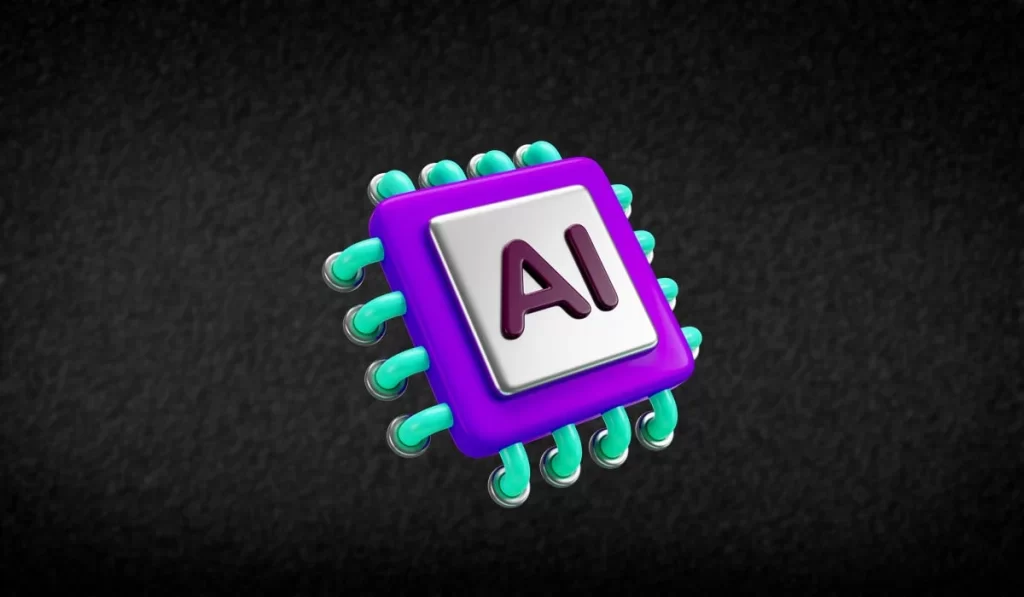
Artificial intelligence (AI) is rising, making waves in the healthcare and education industries. According to a report by PwC and the World Economic Forum, AI will be a $14.2 billion industry by the next six years.
Machine learning is a subset of AI that applies computer science techniques to problems traditionally handled by humans. At the same time, computers have been able to perform some tasks for years — including chess and Jeopardy! However, — artificial intelligence has only recently been able to perform tasks with human-like performance levels.
The technology is already being used in healthcare, education, and entertainment. However, it’s poised to revolutionize businesses across all industries.
Advances in AI are transforming how people navigate the web with Google Assistant, make restaurant reservations with OpenTable, or order pizza from Domino’s Pizza with an Amazon Echo device.
The Relationship between Web3 and AI
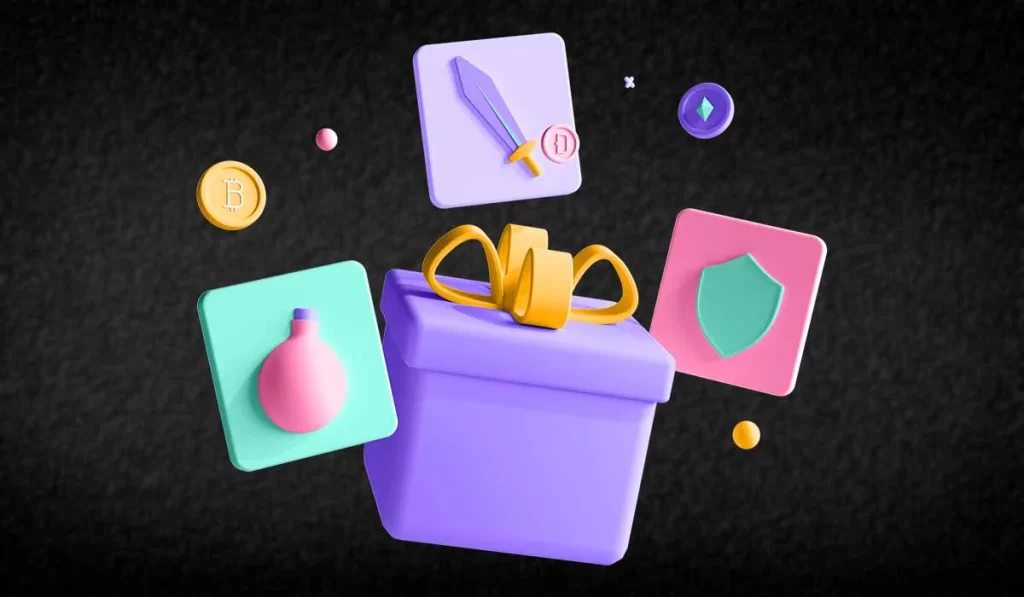
In the early days of the Internet, websites were built on top of an open protocol called HTTP or SMTP. Here, websites were just information centers. You used Web 1 or Web 1.0 to build E-commerce sites such as eBay and Amazon on top of the web. Thus, when a business built a successful business, it would own and control it.
Then came Web 2.0, which brought an interactive internet such as Facebook, Twitter, and YouTube that made content creators out of nearly everyone with a smartphone. But, as I think about Web 2.0, open protocols were limited in what they could do.
In 2008, if you wanted to set up a website, you’d have to get a web hosting provider and buy a domain name. The domain name is the one thing you can own and control.
Web 3.0 is coming along. It’s an internet created by builders and users structured with tokens. The movement started with Bitcoin, a powerful computer with new properties: you can make smart contracts, tokens, or NFTs.
While the Web 3.0 paradigm is transitioning us into a future that will blend reality with virtual reality, blockchain technology adds an exciting proposition to what will be possible.
How Decentralized Models Are Vital for AI
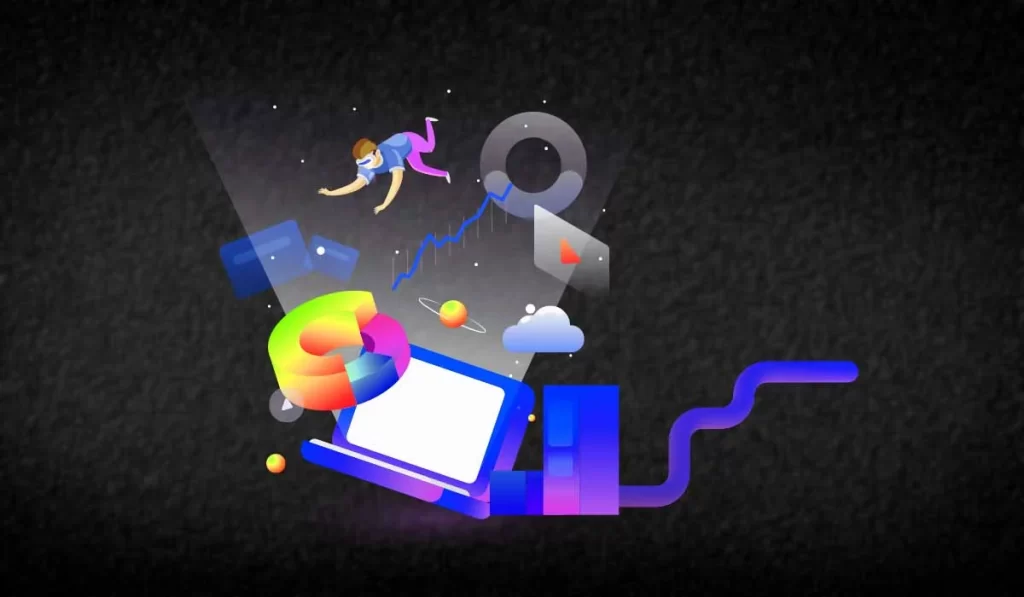
When two computers are talking to each other (and they’re talking fast), two mini-AIs can exchange resources and run a company. So how are they going to exchange money? They’ll utilize crypto. Crypto is the native currency of the Internet, and Bitcoin is not a coin sitting somewhere; it’s an entry in a virtual ledger maintained by tons of worldwide machines.
This is essentially the transmission of value securely over the Internet but with no third-party validation. In other words, it’s possible to communicate scarcity value on the Internet. What the Internet gave us before was digital abundance—I can make copies of everything and one podcast and ship it to everyone on Earth—but what happens when we add scarcity value into that equation?
The same principles apply to digital scarcity. For example, suppose I have a Bitcoin, and you don’t have that Bitcoin or vice versa. Thus, the ability to create and transmit scarcity and value through the Internet is just as important as the ability to create Internet abundance. Therefore, the native language of cryptocurrencies—which allow individuals to transfer assets across great distances at almost no cost—will be used in communications regarding financial transactions.
Final Thoughts
If we can imagine a Web 3.0 world, it will allow the user to become a part of a network they run entirely. Everyone who participates will get something from the Internet, supporting their business and life needs in the real world. Hence, the endless possibilities, but we must see which ones take off and become a reality. The future is exciting, and I’m unsure if you can grasp it until it’s happening and happening fast.











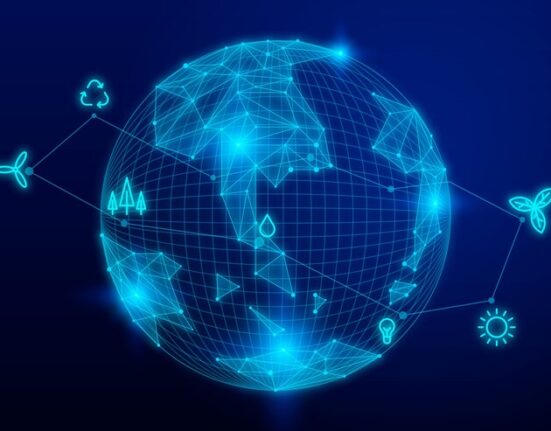

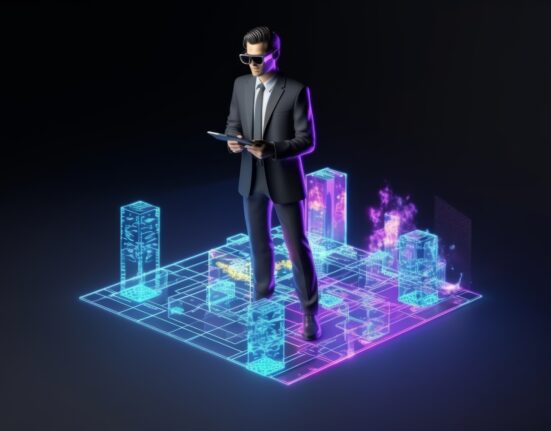
Leave feedback about this